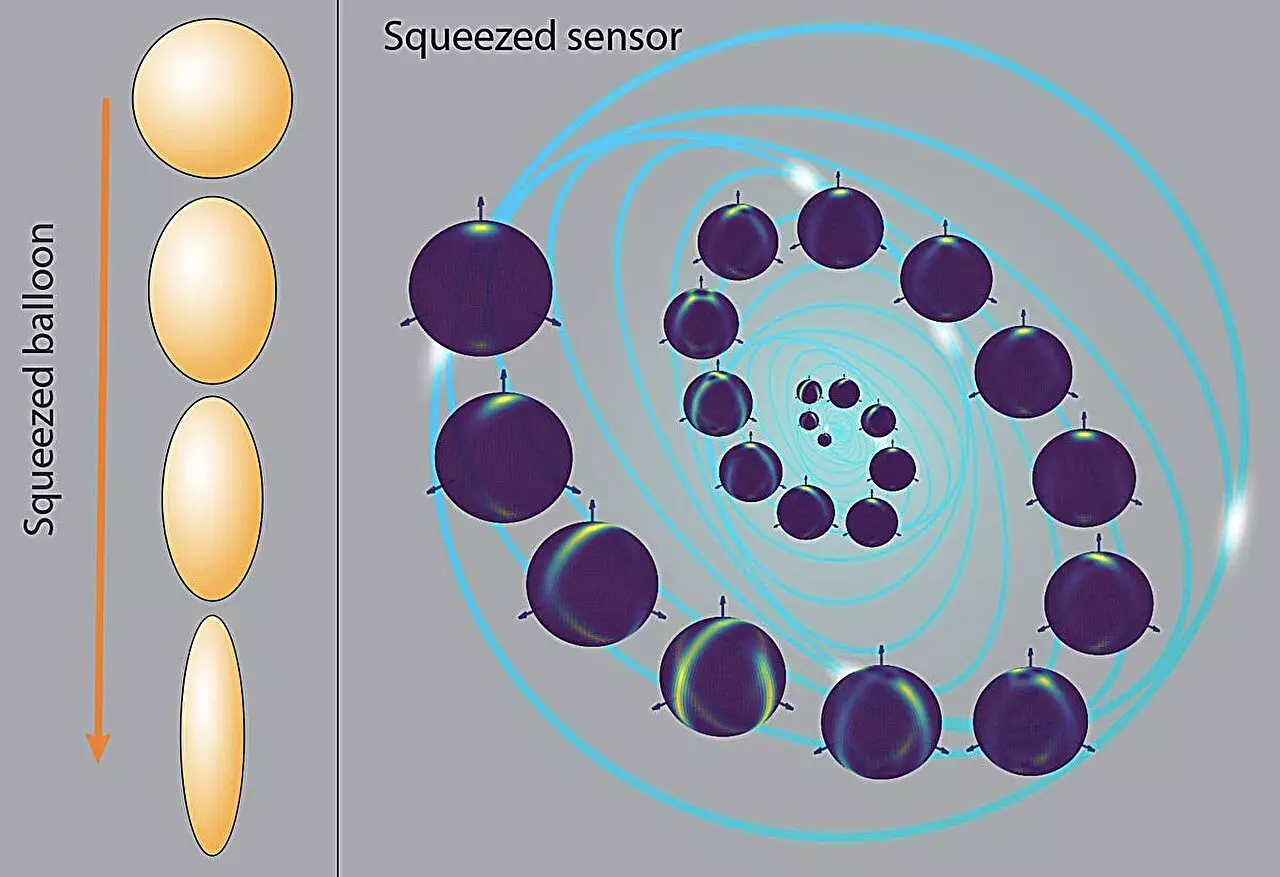Quantum squeezing represents a fascinating phenomenon in quantum physics that challenges our conventional understanding of measurement and uncertainty. In essence, quantum squeezing allows for the manipulation of uncertainty in a quantum system. This is akin to the action of squeezing a balloon: when you compress one area, another area expands. In quantum mechanics, this translates to reducing the uncertainty associated with one observable—such as position—while increasing the uncertainty of its conjugate variable—such as momentum. The critical takeaway from this concept is that while one aspect may be measured with unprecedented clarity, the uncertainty is merely redistributed, maintaining the fundamental limits dictated by Heisenberg’s uncertainty principle.
This manipulation is significant in fields that rely on precise measurements. It creates opportunities for enhancing the performance of devices like atomic clocks, where accuracy in timekeeping is paramount. However, challenges arise when applying squeezing across multiple dimensions simultaneously. In traditional measurement settings, when multiple variables need to be observed concurrently, the benefits of squeezing become less straightforward to implement. Consequently, research in this domain is vital for advancing quantum technology.
A notable step forward in this area comes from a recent study by Dr. Le Bin Ho of Tohoku University, published in Physical Review Research. This groundbreaking research delves into the potential of quantum squeezing to enhance measurement precision, particularly in complex systems involving multiple quantum states. By examining a scenario where a three-dimensional magnetic field interacts with a series of two-level quantum systems, the study aims to unlock new methodologies for optimizing measurement accuracy.
One of the vital insights from Dr. Ho’s investigation is the realization that achieving maximum precision is not solely a theoretical construct. This study combines theoretical frameworks with numerical simulations, offering a comprehensive view of how squeezing can be optimized under realistic conditions. The implications of this research stretch far beyond academic curiosity; they promise advancements across a range of technologies, from quantum imaging to precise atomic timekeeping.
The applications of refined quantum measurements are vast and revolutionary. For instance, in the realm of quantum imaging, enhanced measurement precision could lead to images that are sharper and more informative. Imagine the advancements this could bring to fields such as medical imaging, where early diagnoses can hinge on image clarity.
In the context of quantum radar, the capacity to detect objects with unparalleled accuracy could usher in a new era of surveillance and tracking technologies, transforming areas ranging from defense to environmental science. Moreover, advancements in atomic clock precision could produce ripple effects in GPS technology and telecommunications, enabling more reliable systems that are crucial for first responders and navigation.
Additionally, the research holds promise for biophysics, where improved measurement techniques can elevate methods such as MRI. Enhanced sensitivity in biosensors could pave the way for early detection of diseases, offering new avenues for medical intervention that could save countless lives.
Dr. Ho’s research is not merely an incremental step; it represents a significant leap toward unlocking the full potential of quantum technology. By addressing the complexities involved in simultaneous multi-phase measurements, the study supports the quest for greater measurement precision. The implications span across various scientific disciplines, emphasizing the need for interdisciplinary collaboration to capitalize on these findings.
Going forward, Dr. Ho expresses interest in investigating how different noise environments affect these quantum systems. By reducing noise through innovative methods, researchers could further enhance measurement precision, ultimately transforming our understanding and utilization of quantum mechanics.
The exploration of quantum squeezing techniques and their applications opens up a tantalizing frontier in both fundamental science and practical technologies. As researchers continue to unravel the complexities of quantum measurement, we stand on the cusp of innovations that could redefine the boundaries of science and technology. The ongoing dialogue between physicists and technologists will be essential in navigating this promising landscape, ensuring that advancements not only push the limits of quantum science but also translate seamlessly into societal benefits.


Leave a Reply